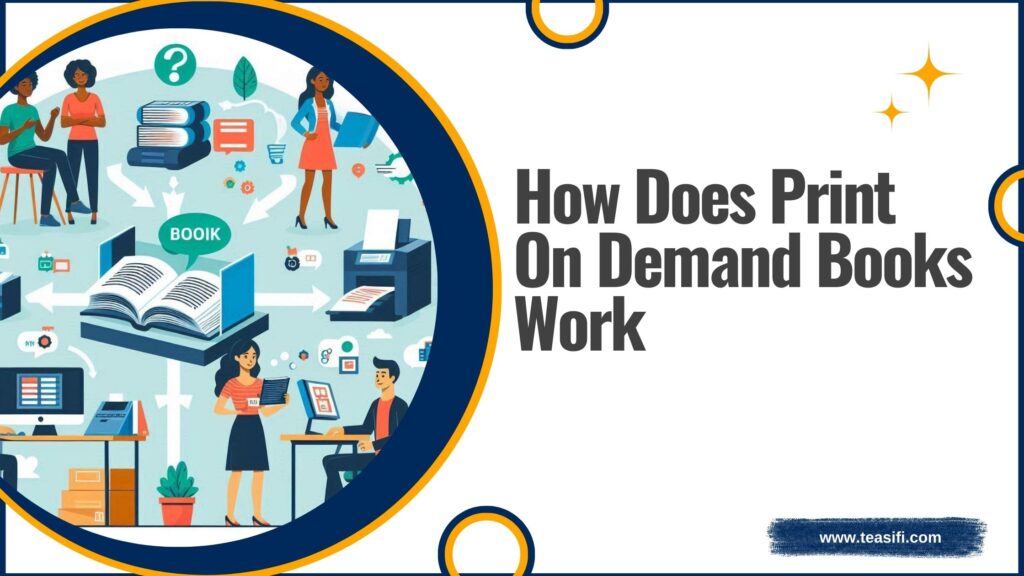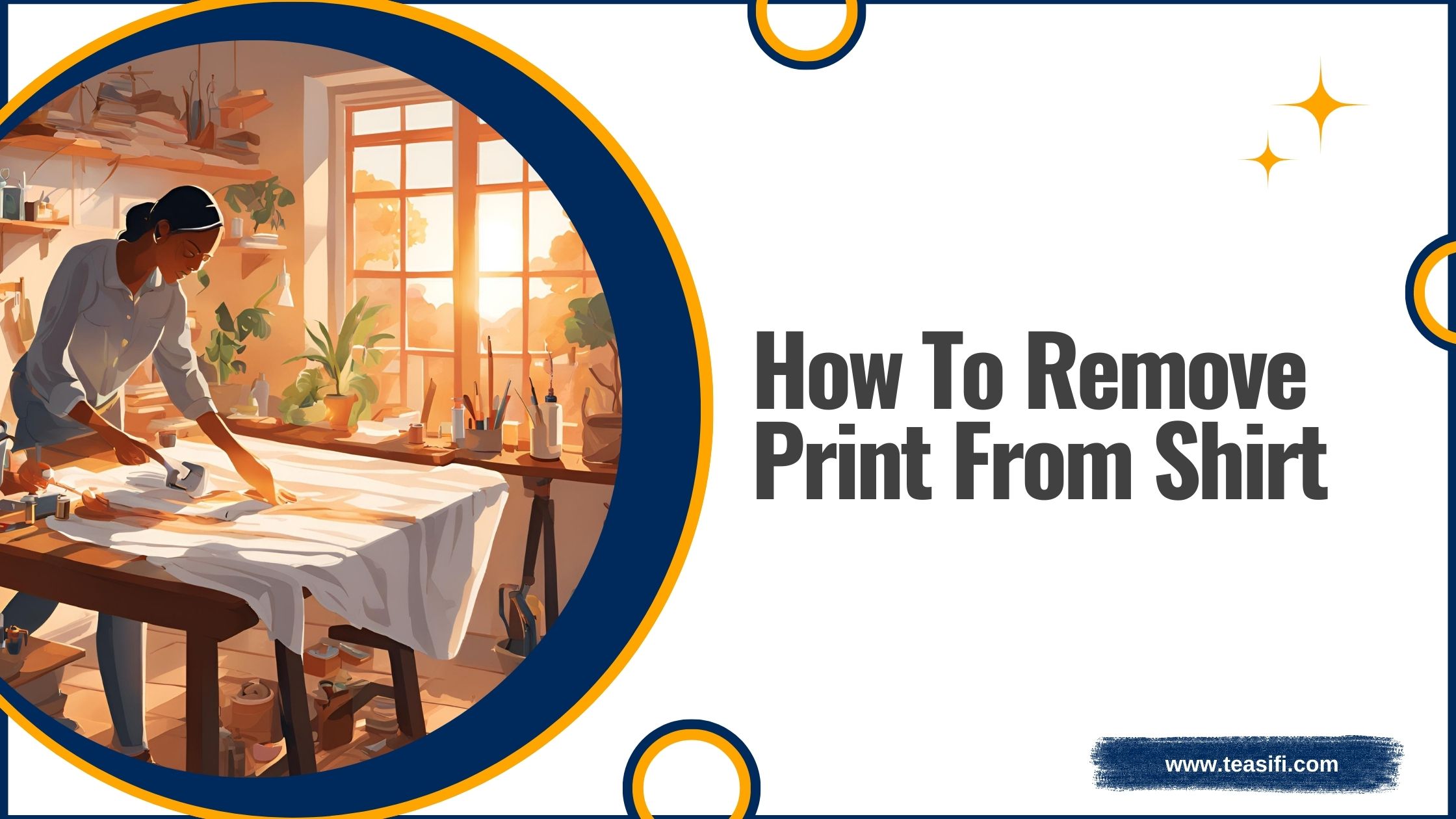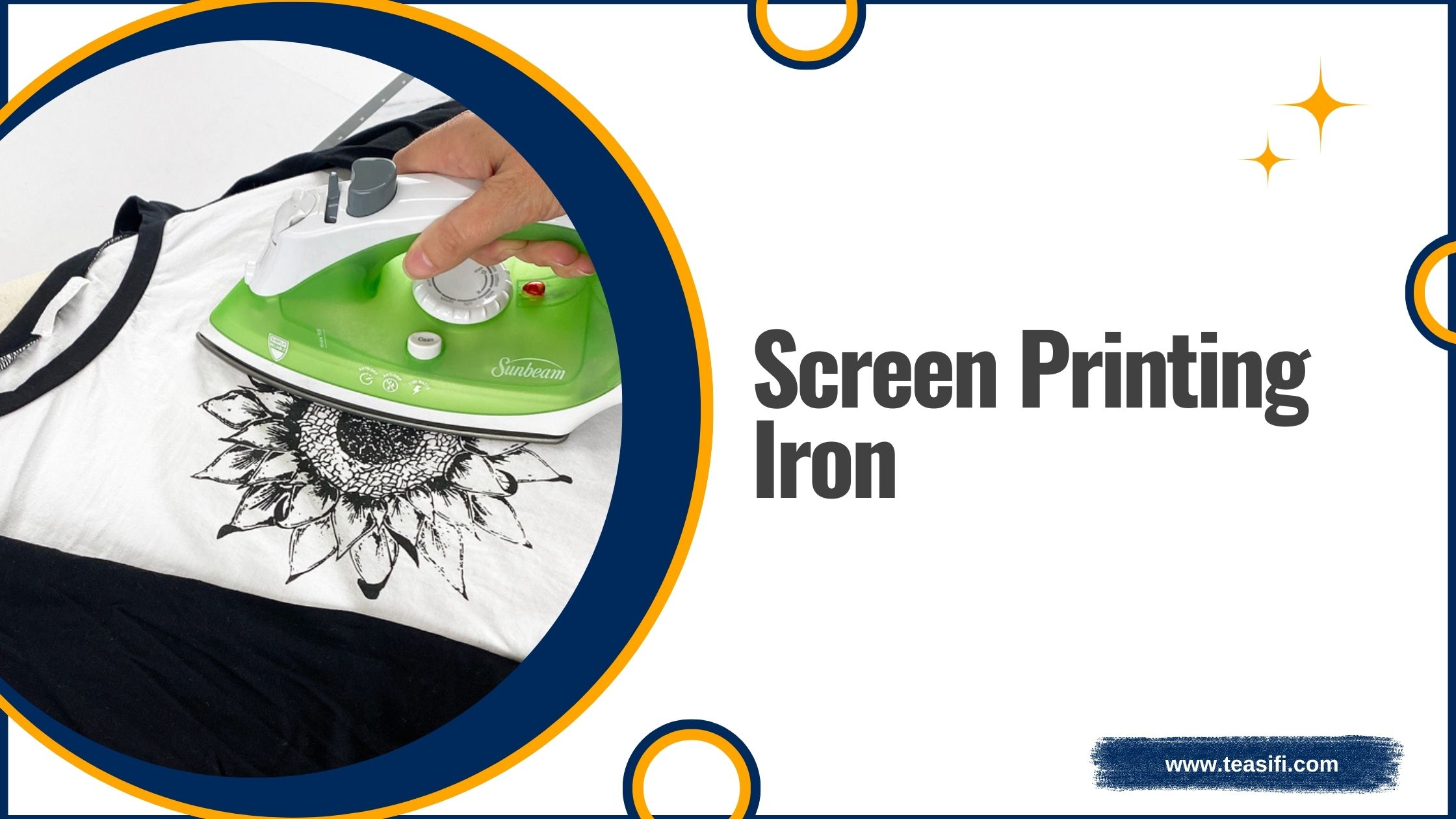Print-on-demand has revolutionized book publishing by eliminating the need for large print runs and stockpiling unsold copies in warehouses.
This efficient and eco-friendly method ensures books are ordered and printed as needed.
It offers an economical solution for small presses, self-published authors, and niche publications.
Unlike traditional bulk printing, which requires significant storage and leads to excess inventory, this approach minimizes costs while fulfilling reader demand.
Digital printing technology makes book formatting seamless, converting text, graphics, and cover designs into digital files ready for distribution.
Platforms like Kindle Direct Publishing list books for sale, allowing aspiring authors and small publishing houses to manage their work with ease.
Table of Contents
ToggleWhat Is Print-On-Demand?
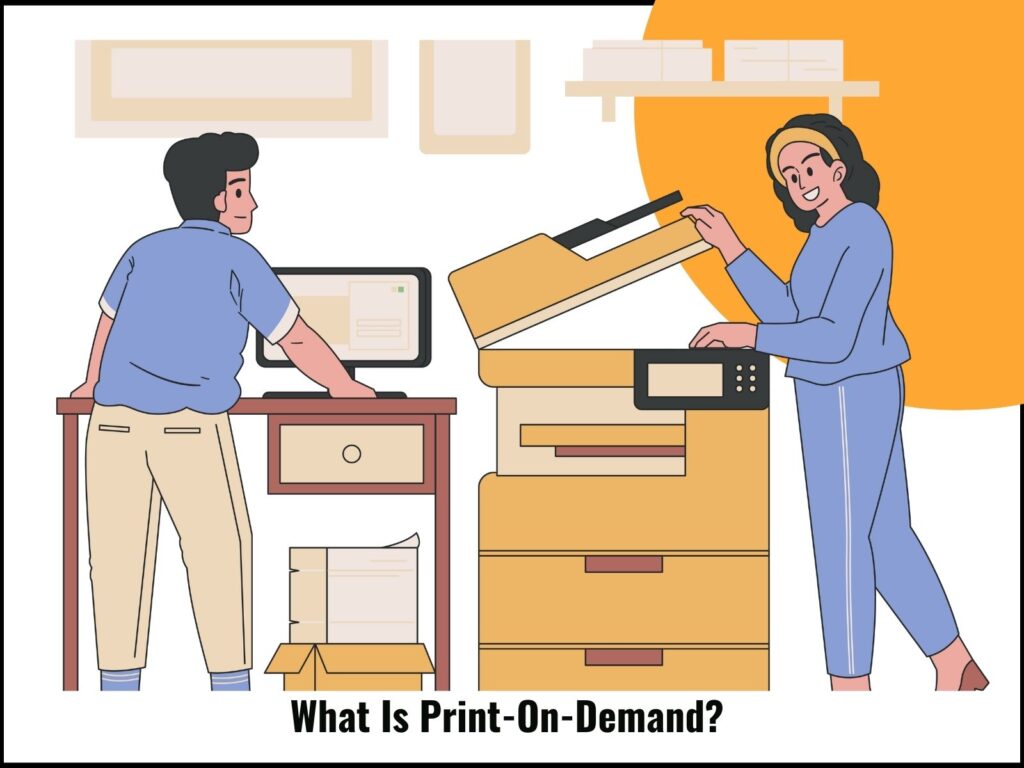
Print-on-demand has revolutionized book publishing by eliminating the need for large print runs and stockpiling unsold copies in warehouses.
This efficient and eco-friendly method ensures books are ordered and printed as needed.
It offers an economical solution for small presses, self-published authors, and niche publications.
Unlike traditional bulk printing, which requires significant storage and leads to excess inventory, this approach minimizes costs while fulfilling reader demand.
Digital printing technology makes book formatting seamless, converting text, graphics, and cover designs into digital files ready for distribution.
Platforms like Kindle Direct Publishing list books for sale, allowing aspiring authors and small publishing houses to manage their work with ease.
How Does Print-On-Demand Work?

The process begins with digital file creation, where publishing companies prepare book formatting with necessary text and graphics.
These files are then listed on platforms, enabling seamless orders from customers or retailers.
Once a purchase is made, companies’ use advanced printing technology to produce single copies or small batches, reducing waste and optimizing resources.
Hardcover and paperbacks undergo binding and thorough quality checks to maintain high standards.
Shipping and fulfillment services ensure timely delivery, while reporting mechanisms allow authors and publishers to track sales reports, calculate royalties, and monitor handling costs.
This streamlined service benefits book enthusiasts and industry professionals alike, offering new possibilities in modern publishing.
Pros And Cons Of Print-On-Demand
Printing books as needed has reshaped publishing, offering both benefits and challenges.
One major advantage is financial risk reduction, as there’s no need for upfront investments or managing excess stock.
This method eliminates storage issues, making it a practical choice for self-published authors and small publishers.
Sustainability is another key factor since it minimizes paper waste and energy consumption.
The flexibility of print-on-demand allows updates and revisions without discarding printed stock, and global distribution ensures books reach a worldwide audience. However, higher per-unit cost remains a drawback, especially when compared to bulk printing.
Print quality, paper types, and binding options like hardcover can be limited, affecting customization.
Delivery times may extend since books are printed upon order rather than being readily available. Profit margins for authors and publishers shrink due to the cost per book.
Service providers play a critical role, influencing speed, quality, and retail presence. While traditional bookstores lean toward stocking bulk print runs, this model continues to offer a viable publishing alternative.
How Much Does A Print-On-Demand Book Cost?
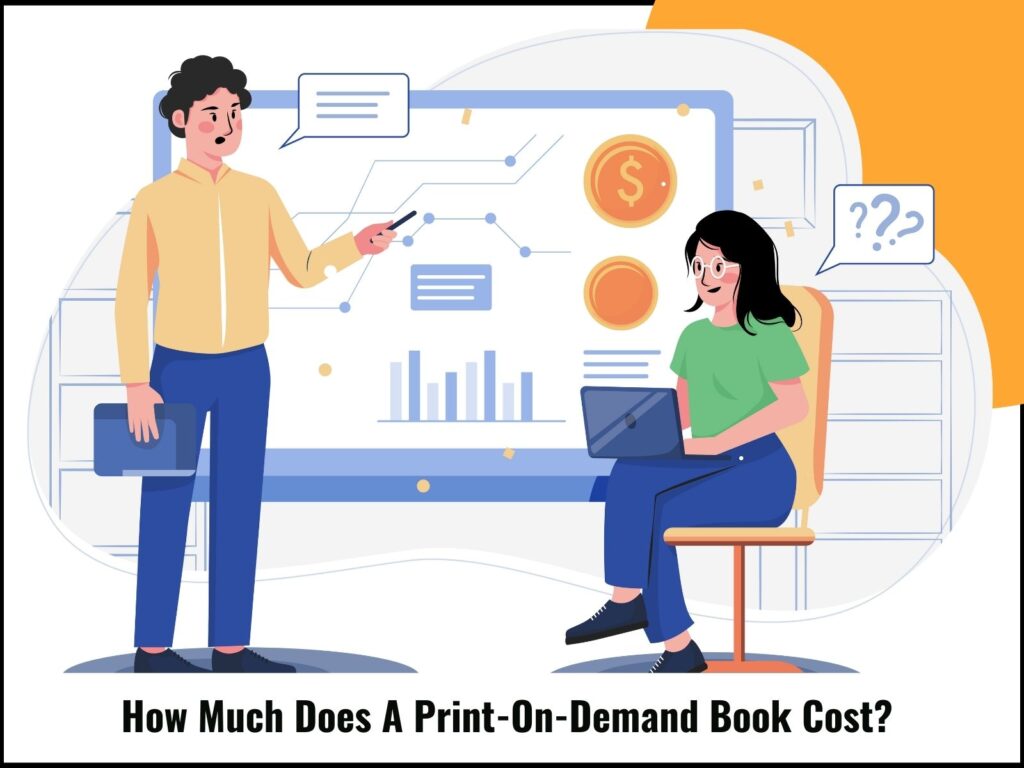
The cost of print-on-demand books fluctuates based on multiple factors, including size, page count, and binding type.
A standard 6″x 9″ paperback with a black and white interior, typically ranging from 150 to 200 pages, has a base printing cost of $2 to $5.
Opting for hardcover binding or color interiors raises the price, often exceeding $10 per copy.
Selling these books requires factoring in additional expenses such as distribution fees, taxes, and profit margin.
Service providers influence pricing, and the volume of orders also plays a role.
Keeping costs manageable is key, especially for self-publishers aiming to price competitively while covering expenses.
Print-On-Demand VS. Traditional Printing
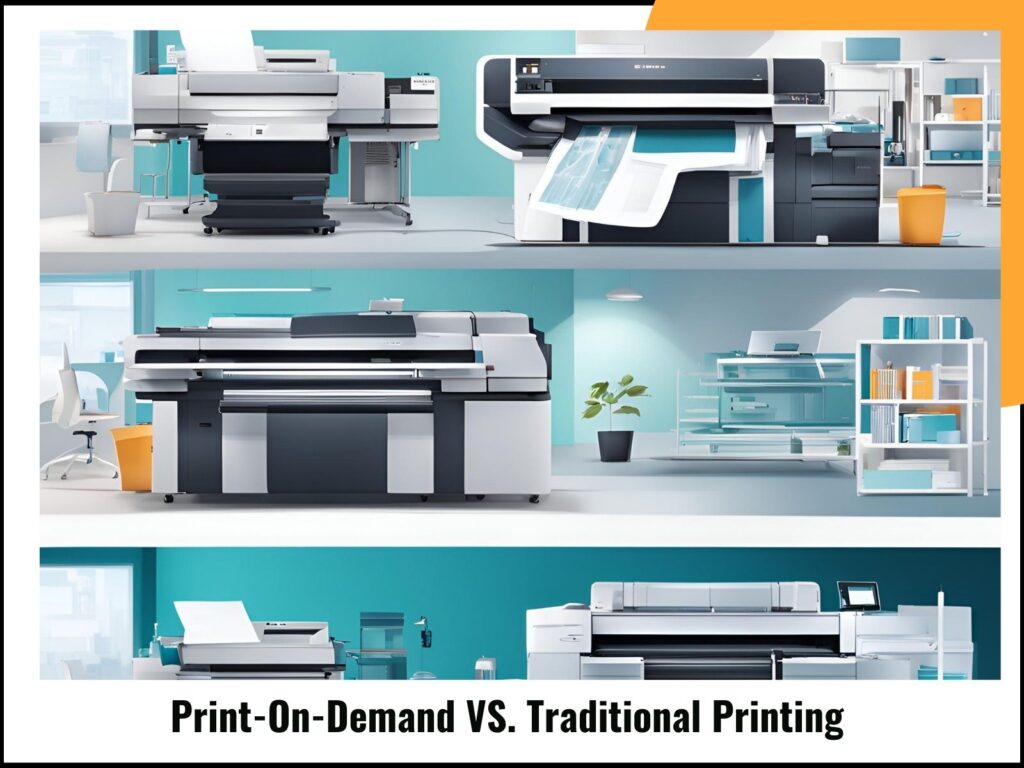
Print-on-demand and traditional printing has distinct advantages and challenges. The initial investment for print-on-demand is low since there is no need for bulk orders, while traditional printing demands a higher upfront cost.
With print-on-demand, books are printed as ordered, reducing excess stock, whereas bulk printing lowers the cost per unit but increases the risk of unsold stock.
Storage needs are minimal for print-on-demand, as service providers print on demand, eliminating the need for large spaces.
Flexibility is another benefit, as modifying content is easy compared to the rigid process of traditional printing.
Ideal for niche books, self-publishers, and low-volume titles, print-on-demand provide a practical approach.
Traditional printing suits bestselling books and high-volume prints.
The Evolving Landscape Of Publishing

Moving away from traditional methods, print-on-demand makes publishing accessible and adaptable.
The ever-changing book industry allows independent authors to publish without large print runs or substantial upfront costs.
It offers a smarter, reader-friendly way to share stories, with the power of print just a click away.
Experts in self-publishing services emphasize that navigating this space requires understanding service providers, printing costs, and profit margins.
The journey of publishing should be seamless, ensuring books reach audiences effectively.
Conclusion
In 2025, Print on Demand (POD) for books operates through advanced digital printing technology, allowing authors and publishers to produce books only when an order is placed.
This eliminates the need for large print runs, reducing costs and minimizing waste.
With seamless integration into online platforms, POD offers greater flexibility, enabling authors to self-publish with ease and distribute globally without the upfront investment of traditional publishing methods.
FAQs
Q1: How much does it cost to print a book using print-on-demand?
The cost varies based on factors like size, page count, binding, and interior color. A standard 6″x 9″ paperback with a black and white interior typically costs between $2 to $5 per copy, while hardcover and color interiors can push the price above $10.
Q2: Is print-on-demand more expensive than traditional printing?
Print-on-demand has a higher cost per unit since books are printed individually, but it eliminates the need for bulk orders and storage. Traditional printing lowers per-unit costs with bulk production but requires a significant upfront investment.
Q3: Can I modify my book after publishing it with print-on-demand?
Yes, print-on-demand offers flexibility, allowing authors to update content without needing a new print run. This is a major advantage over traditional printing, where changes require reprinting large batches.
Q4: What is the biggest advantage of print-on-demand for self-publishers?
The biggest advantage is the low financial risk. Since books are printed as ordered, there is no need for large print runs, reducing excess stock and upfront costs.
Q5: Are print-on-demand books of the same quality as traditionally printed books?
Yes, print-on-demand services use high-quality materials and printing techniques. However, options like paper quality, cover type, and binding may differ between service providers.
Q6: How do print-on-demand services handle book distribution?
Most print-on-demand providers integrate with online retailers, handling printing and shipping directly to customers. Some also offer global distribution options for expanded reach.
Q7: Who should consider using print-on-demand services?
Print-on-demand is ideal for independent authors, niche books, and low-volume titles. It is a practical choice for those looking to publish without the financial burden of bulk printing.

